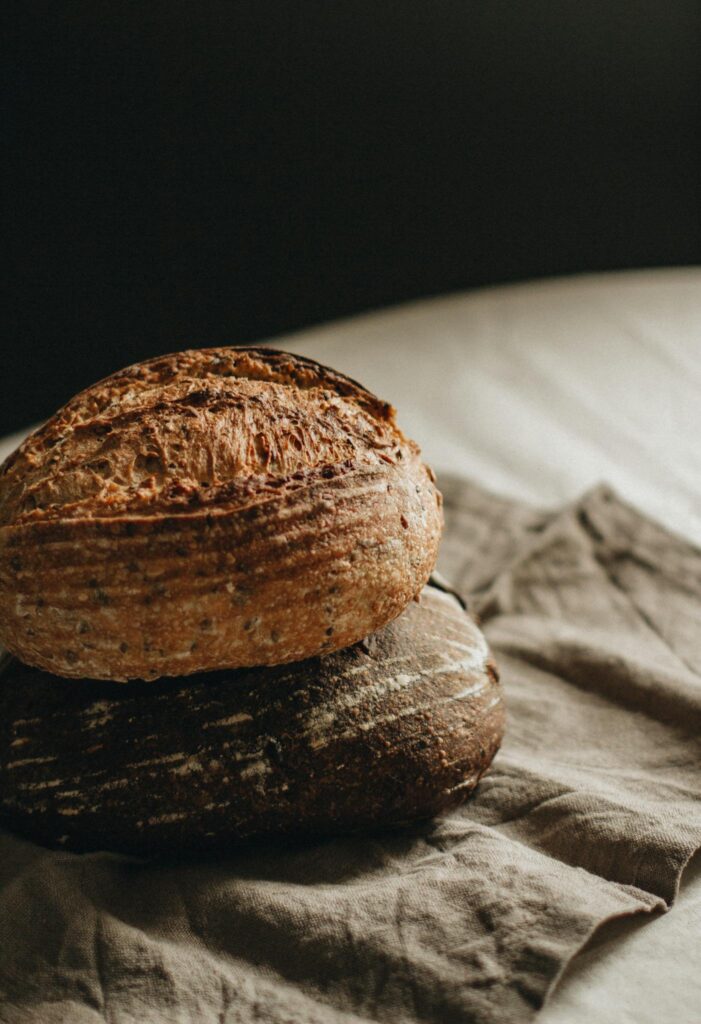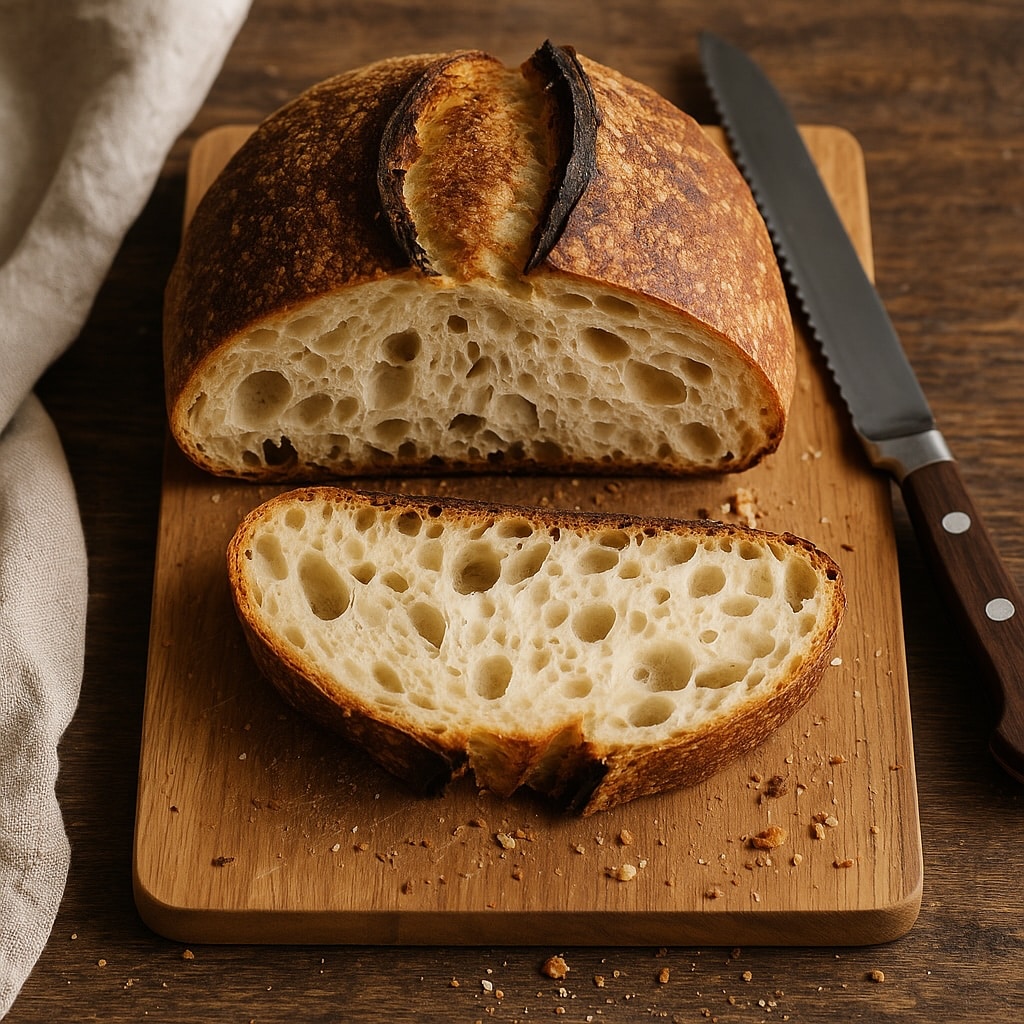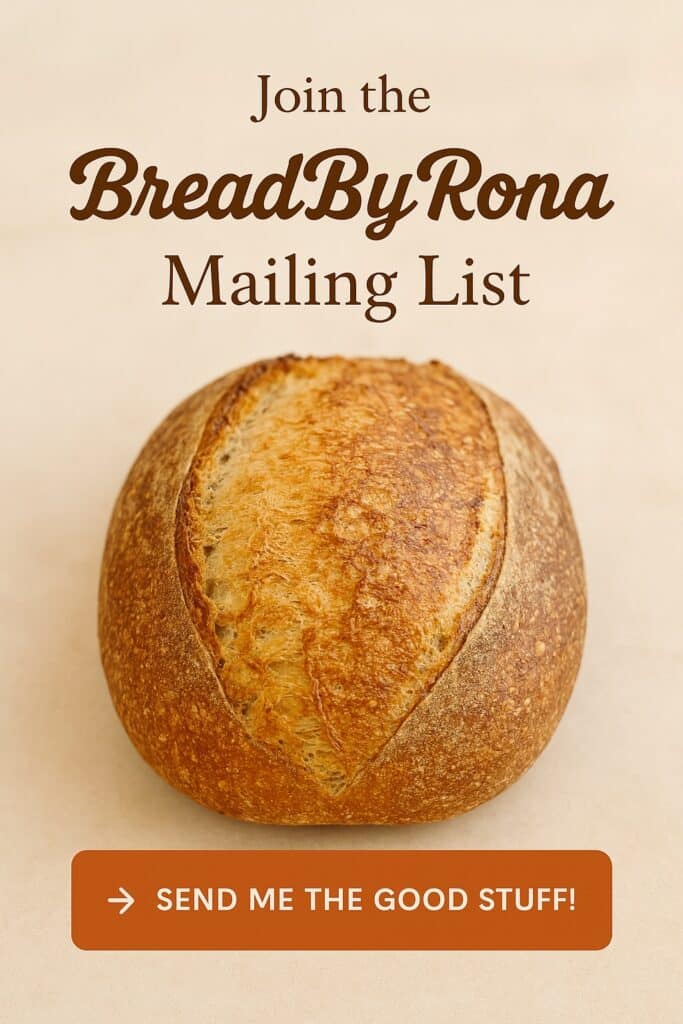The Real Benefits of Baking Sourdough: Health, Flavor, and Fun
There’s something magical about baking sourdough. It’s not just about getting that golden, crusty loaf—it’s about what happens before, during, and after that first slice. The benefits of baking sourdough go way beyond flavor. You get health perks, personal wins, and that undeniable satisfaction of saying, “Yep, I made this.”
Whether you’re just starting your sourdough journey or you’ve already got a bubbly starter named like a pet, let's break down why baking sourdough is absolutely worth the time and the flour everywhere.
Table of Contents
Nutritional Benefits of Sourdough Baking
Let’s get into the science stuff—don’t worry, I’ll make it fun. Thanks to fermentation, sourdough bread comes packed with nutrition in ways that basic white bread just can’t compete with.
Improved Digestibility
Let’s be honest—standard commercial bread can leave you feeling weighed down or even bloated, especially if gluten is an issue. Sourdough’s slow fermentation works like a little internal chef, breaking down some of the gluten found in wheat. The natural bacteria and wild yeast get to work, pre-digesting the dough in ways your body will thank you for.
- The lactic acid bacteria in sourdough feed on gluten and convert it into easier-to-handle compounds.
- Fermentation breaks down phytic acid, a natural “anti-nutrient” found in grains, which can otherwise make digestion tougher and block nutrient absorption.
This means sourdough is often gentler on your stomach. For many folks who struggle with regular bread, this is a real game-changer.
For step-by-step tips on starting your own bubbly buddy on the counter, check out the Sourdough Starter Guide.

Lower Glycemic Index
Let’s talk blood sugar. Unlike most store-bought bread that acts like a sugar ninja—spiking your energy and then ditching you mid-morning—sourdough plays the long game. Thanks to its slow fermentation process, sourdough has a naturally lower glycemic index (GI). That means it releases glucose more gradually into your bloodstream, helping you stay fuller, longer, and avoiding those “Why am I hungry again?!” moments.
Here’s why that matters:
- Steady Energy: No more sugar highs followed by the dreaded slump. Sourdough gives you that smooth, even kind of energy that actually lasts.
- Fewer Cravings: Stable blood sugar means you’re less likely to raid the snack cabinet an hour after breakfast.
- Better for Blood Sugar Management: If you're watching your carbs or trying to keep things balanced, sourdough is a smart choice.
And here’s the cherry on top: One of my customers—who has diabetes—personally told me that my sourdough didn’t spike his blood sugar levels like other breads do. That’s the kind of feedback that makes all the stretch-and-folds worth it.
So yes, the fermentation magic behind sourdough doesn’t just boost flavor—it actually makes your bread work for you, not against you. Slow carbs, steady vibes. That’s the kind of bread energy we’re after.
Enhanced Nutrient Absorption
Your sourdough loaf isn’t just tasty—it’s smart. While most breads sit pretty on the plate, sourdough goes the extra mile by actually helping your body absorb more nutrients from the flour you use. That’s right—this bread is pulling double duty.
During fermentation, the natural acids and bacteria break down phytic acid, a compound that usually blocks your body from soaking up key minerals like iron, magnesium, and zinc. With sourdough, those nutrients become easier to access, making each bite more nourishing than your average slice.
You’re also getting a boost of B vitamins and other micronutrients that support energy, mood, and overall health—no fancy supplements or powders required. Just good, honest bread that does more than fill you up.
So when you bake sourdough, you’re not just making something delicious. You’re giving your body a little love with every slice.
Flavor and Texture: The Artisan Difference

Sourdough isn't just bread. It's that bold, tangy flavor and chewy-crisp texture that make sourdough stand out from the soft, forgettable stuff on grocery store shelves.
Sourdough gets its flavor from time and fermentation. While commercial breads are rushed through the process, sourdough takes its sweet time, and it shows. The result is a loaf that’s rich and a little wild in the best ways.
Here’s what makes the flavor pop:
- Wild yeast and lactic acid bacteria break down sugars slowly, creating those deep, slightly sour notes that are anything but boring.
- Depending on the flour, temperature, and hydration, each loaf develops its own flavor personality. No two bakes are exactly alike.
- You might get a light tang with a hint of yogurt, or a bold, nutty kick with a rustic finish. Every slice tells a story.
And then there’s the texture.
- The crust is where the drama happens—golden brown, blistered, and crackly. When you slice into it, you want to hear that crunch.
- The crumb (aka the inside) is tender and airy with those picture-perfect open holes that bakers obsess over. It’s soft but not soggy, chewy but never dense.
The artisan touch is all about balance. You get that satisfying contrast between crunchy crust and springy interior. It’s rustic, real, and ridiculously good. And the best part? You made it happen with just flour, water, and patience.
Sourdough Baking: A Rewarding Process
Baking sourdough hits different. It’s not just about mixing dough and hoping for the best—it’s a full-on journey. You start with humble ingredients, follow a rhythm that feels more like a dance than a recipe, and end with something golden, crusty, and completely your own.
Every step, from building your starter to scoring your loaf, teaches you something. You’re not just making bread. You’re building confidence, patience, and a little bit of magic.
Why sourdough feels so rewarding:
- You slow down. In a world that wants everything yesterday, sourdough teaches you to wait. And somehow, it’s calming and therapeutic.
- You learn by doing. Each bake is a chance to grow. Maybe your dough was too sticky. Maybe your rise was chef’s kiss. Either way, you level up with every loaf.
- You get results you can touch, smell, and eat. There’s no greater flex than pulling a crusty loaf out of the oven, knowing you made it happen from scratch.
This isn’t quick-bake box mix energy—this is nourishing, creative, confidence-boosting joy wrapped in flour and time.
So if you’ve ever felt intimidated by sourdough, don’t be. The reward is absolutely worth the wait.

Community Connections and Sharing
There’s something about sourdough that brings people together. Maybe it’s the comforting smell, maybe it’s the “I made this from scratch” pride, or maybe it’s just the universal truth that nobody turns down good bread. Whatever it is, sourdough has a way of turning solo bakes into shared moments.
Once you start baking, you’ll notice how quickly it spreads—pun totally intended. You share a slice with a neighbor. You drop off a loaf for a friend. You trade starters, tips, and triumphs with fellow bakers. It’s bread, but it’s also connection.
Here’s what that looks like in real life:
- Gifting fresh loaves. There’s nothing like handing someone a still-warm sourdough loaf and watching their face light up. It’s simple, thoughtful, and always appreciated.
- Swapping starters and stories. Whether it’s online or in person, bakers love to share. From name ideas for your bubbly starter to troubleshooting a flat loaf, there’s a community waiting with open arms and floured hands.
- Pop-ups and markets. At Bread By Rona, sharing isn’t just something we say—we do it. I bring the love to local markets where sourdough gets the spotlight and I get to meet the folks who enjoy it most.
Sourdough isn’t meant to stay hidden in your kitchen. It’s made to be sliced, shared, and passed along. If you're in my area and you want to catch one of my upcoming drops or see where I’ll be popping up next, keep an eye on breadbyrona.com/ordernow. You never know when your new favorite loaf might show up near you
Versatility and Customization in Sourdough Baking
One of the best things about sourdough? You don’t have to bake the same loaf twice. Once you’ve got the basics down, you can play. Whether you’re in the mood for something hearty and grainy or soft with a hint of sweet, sourdough gives you the freedom to get creative and bake it your way.
It’s not a rigid recipe—it’s a formula with room to freestyle.

Try New Flours and Flavors
Switching up your flour changes everything. Whole wheat gives you depth, rye brings an earthy vibe, and spelt adds a touch of sweetness. Want to boost nutrition and texture? Toss in some seeds. Want to lean into dessert territory? Add-ins like cinnamon, raisins, cranberries, or dark chocolate chips can transform your loaf into something snack-worthy.
Here are a few mix-in ideas to get you inspired:
- Hearty: sunflower seeds, flax, oats, rye flour
- Sweet: golden raisins, chopped dates, cinnamon, orange zest
- Savory: roasted garlic, rosemary, black olives, cheddar
- Nutty: walnuts, pecans, pumpkin seeds
The possibilities are seriously endless, and every loaf becomes a custom creation. You’re the baker and the flavor designer.
Bake on Your Own Schedule
Sourdough is flexible when you know how to work with it. Don’t want to feed a starter daily? Cool—store it in the fridge and feed it once a week. Need to press pause on baking for a bit? Dry out a backup and stash it for later.
Here’s how to make sourdough fit your life, not the other way around:
- Low-maintenance feeding: Keep your starter in the fridge and feed it weekly.
- Dehydrated starter backup: Dry some of your starter and store it for future use. No babysitting needed.
- Make-ahead convenience: Mix and bulk ferment your dough when it works for you, then cold-proof it overnight and bake the next day.
If you’re new to the idea of starter storage or want to learn how to dry and revive it like a pro, check out the Dehydrated Sourdough Starter Guide. It walks you through the exact steps I use in my own kitchen.
The benefits of baking sourdough stretch far beyond the loaf itself. It gives you full creative control, builds flexibility into your routine, and lets you bake on your terms. That’s the kind of kitchen freedom we love.
The real benefits of baking sourdough reach far beyond the kitchen counter. Each loaf brings health perks, unbeatable flavor, and a little bit of confidence with every bake. This process fits into any routine and rewards you with nourishing bread, personal wins, and a few extra smiles at mealtime.
